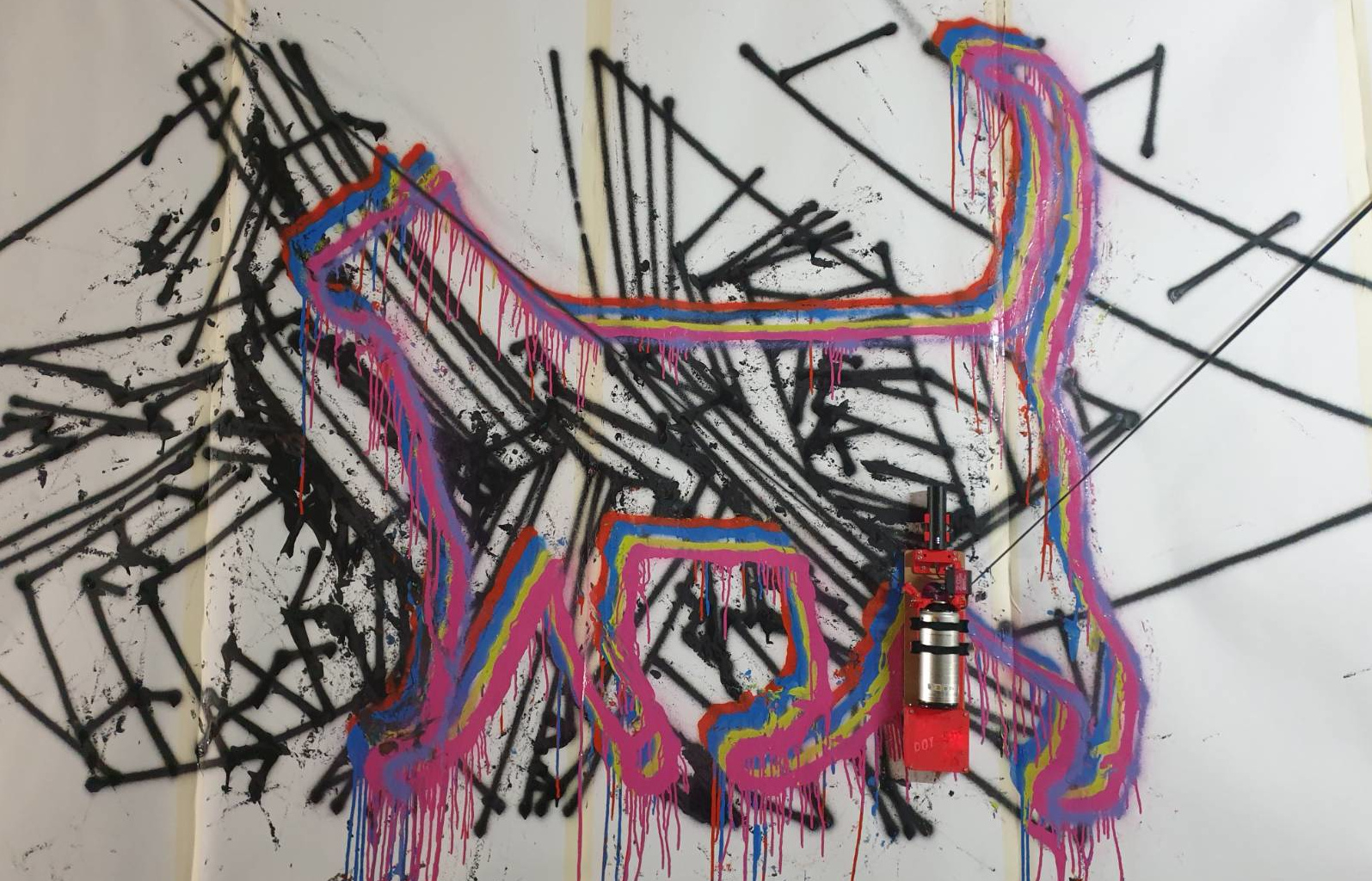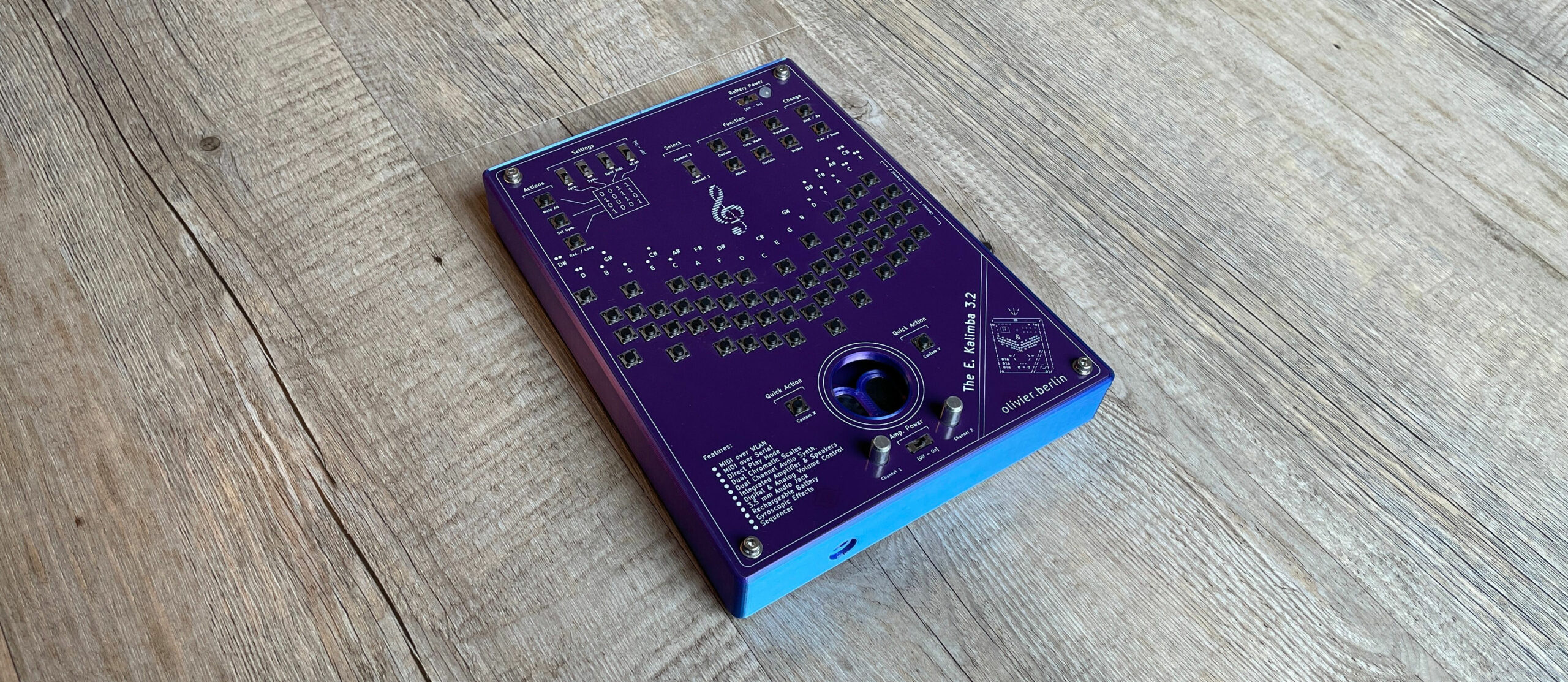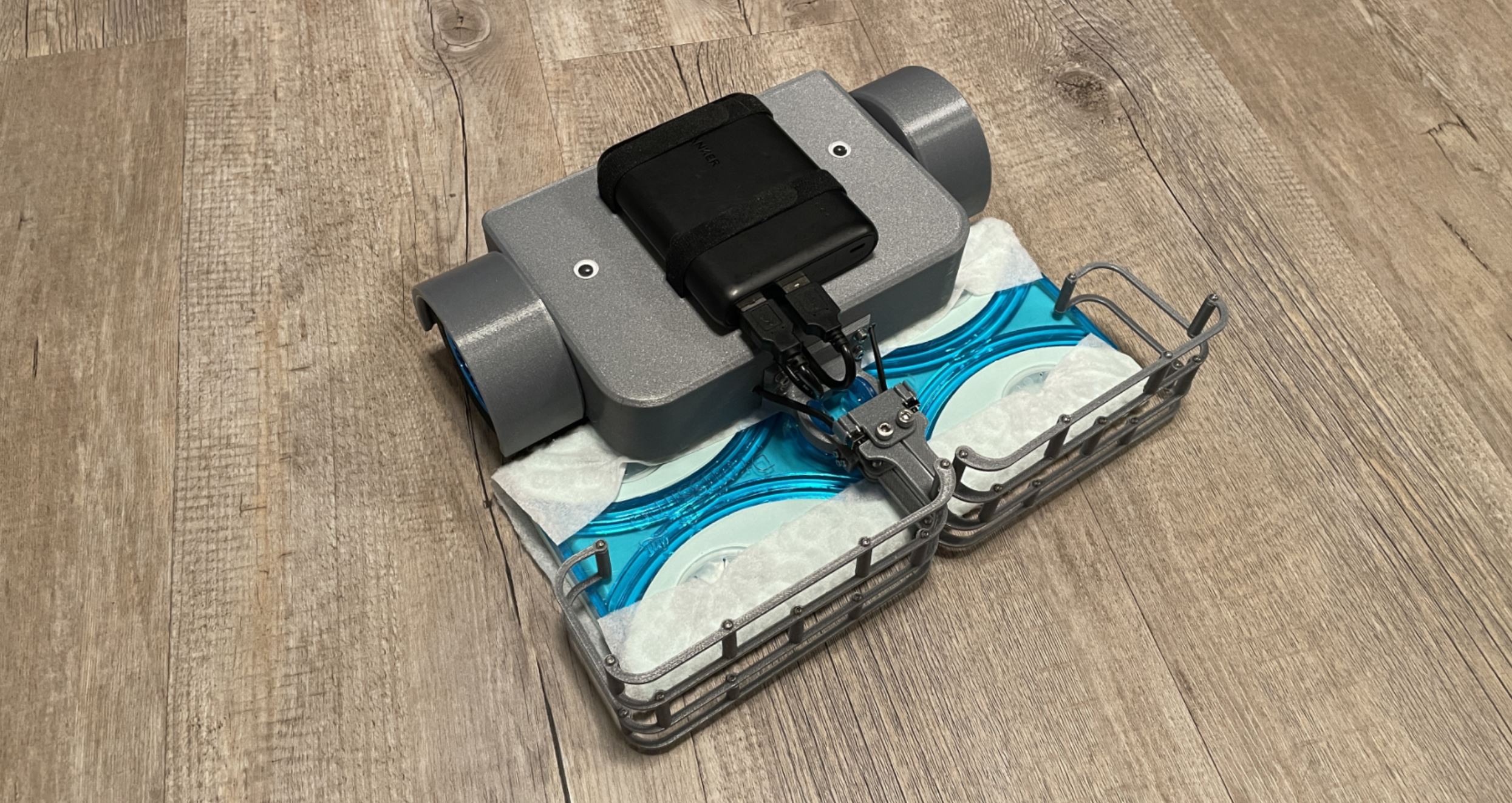Since I wrote the article about the Bahnhofssteuerung 2000, development has slowed down but never completely stopped. One aspect that in my opinion should always improve alongside a project are the tools that you use for development. Not only for better productivity, but also to stay excited about a project itself and its development progress.
In this case, it is the hardware test setup that got a massive improvement. For this project, this is already the 3rd iteration on the hardware setup, and by a lot the most professional looking one.
The first setup was simply put together on breadboards with jumper cables, mainly to verify that everything works as expected. This was fine to validate a proof of concept, but had issues with unreliable Dupont wires that often introduce hardware bugs that are difficult to identify, reproduce and resolve.
The second iteration was already much more reliable. It consisted of two perfboards that were connected using solder joints, with pin headers that allowed for swappable components. All the required connections were made on the back to give the board a clean look from the outside, together with a 3D printed base. I used this test setup for most of the development work and it performed flawlessly. However, I always wondered about the orientation of certain components, and I then had to look at the cable routing on the back to remember which line goes where.
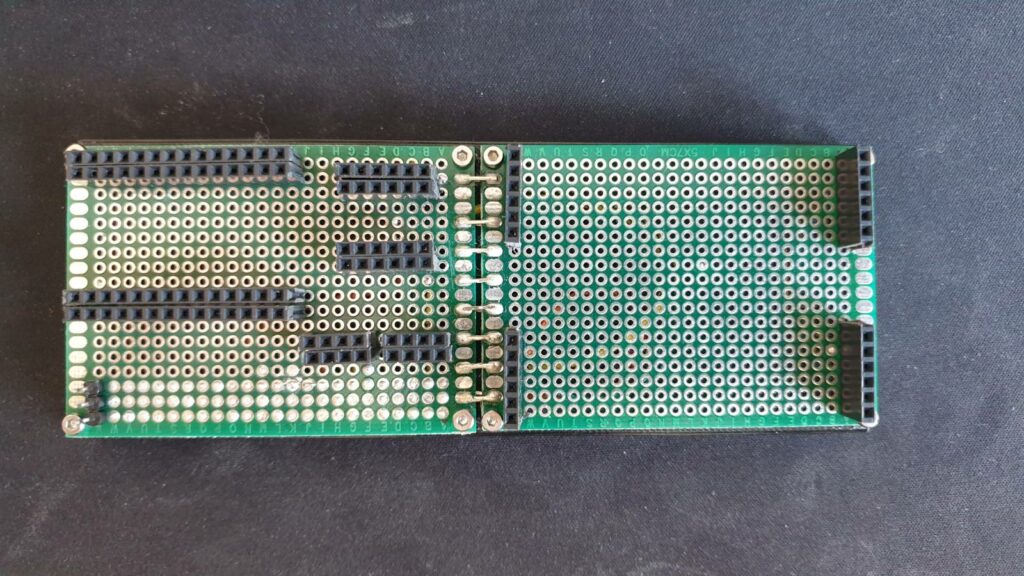
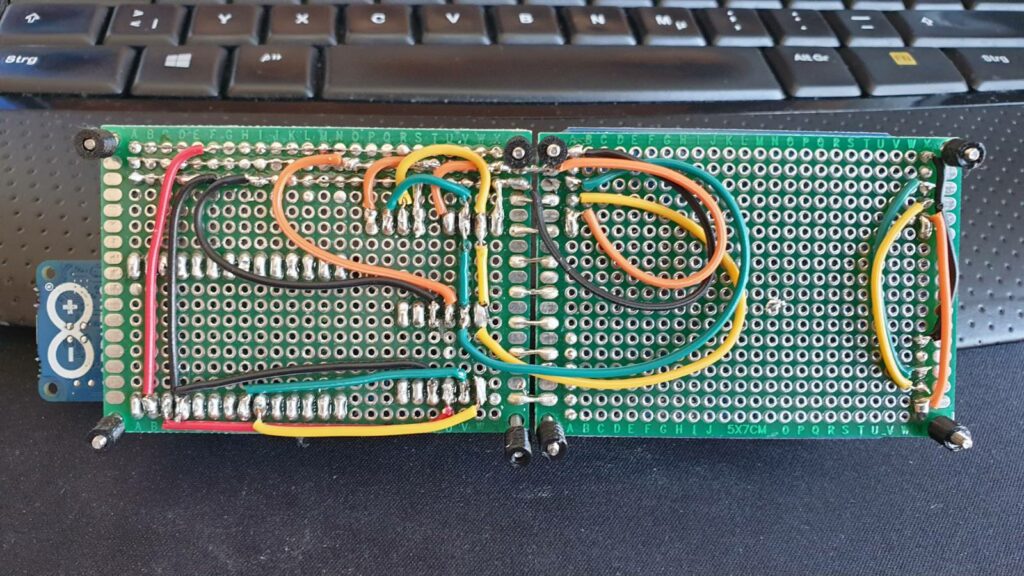
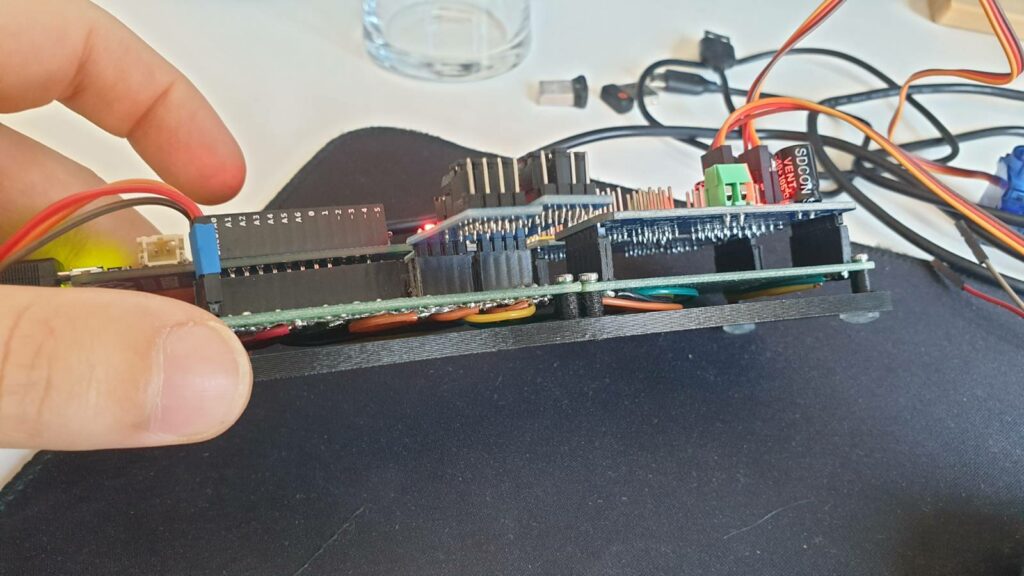
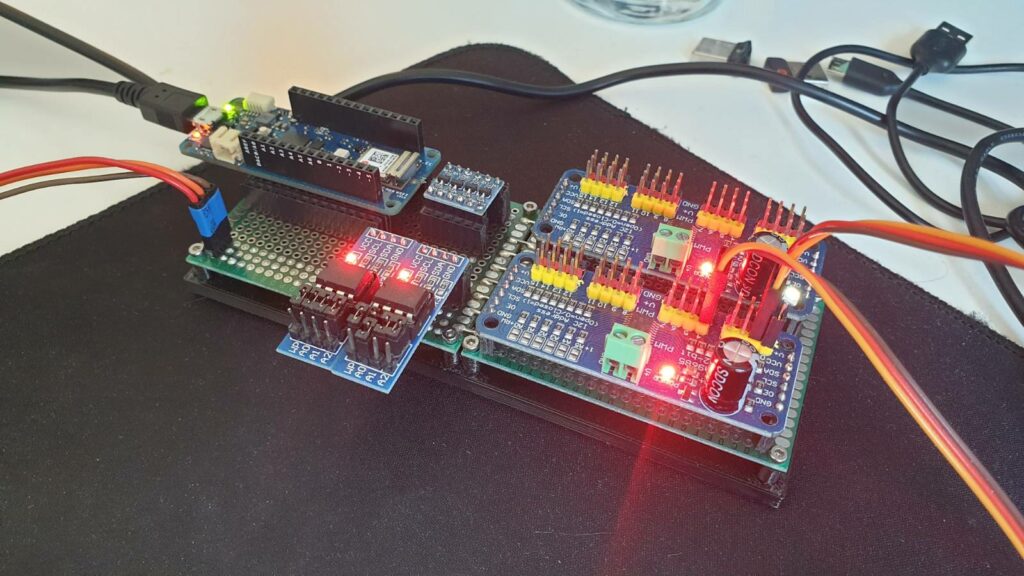
To stop this waste of time, and to finally look at something more beautiful, I threw myself into the world of PCB Design. I haven’t designed a PCB in years but KiCad gave me a blast. It was easy to use and I got the hang of it in less than a day’s work. I quickly came up with this layout.
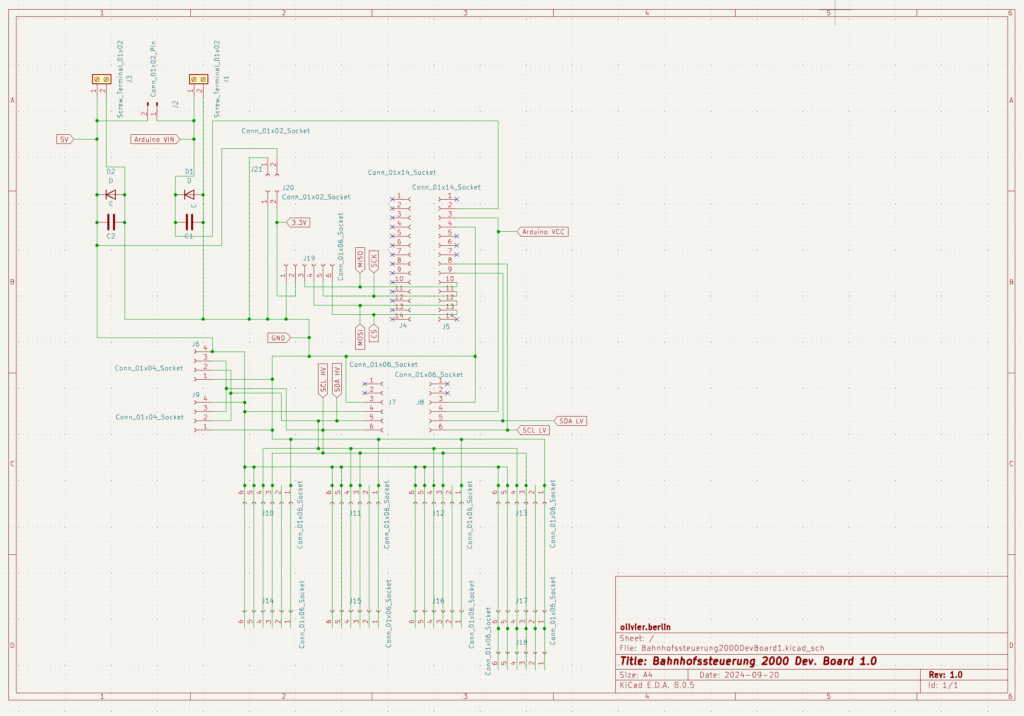
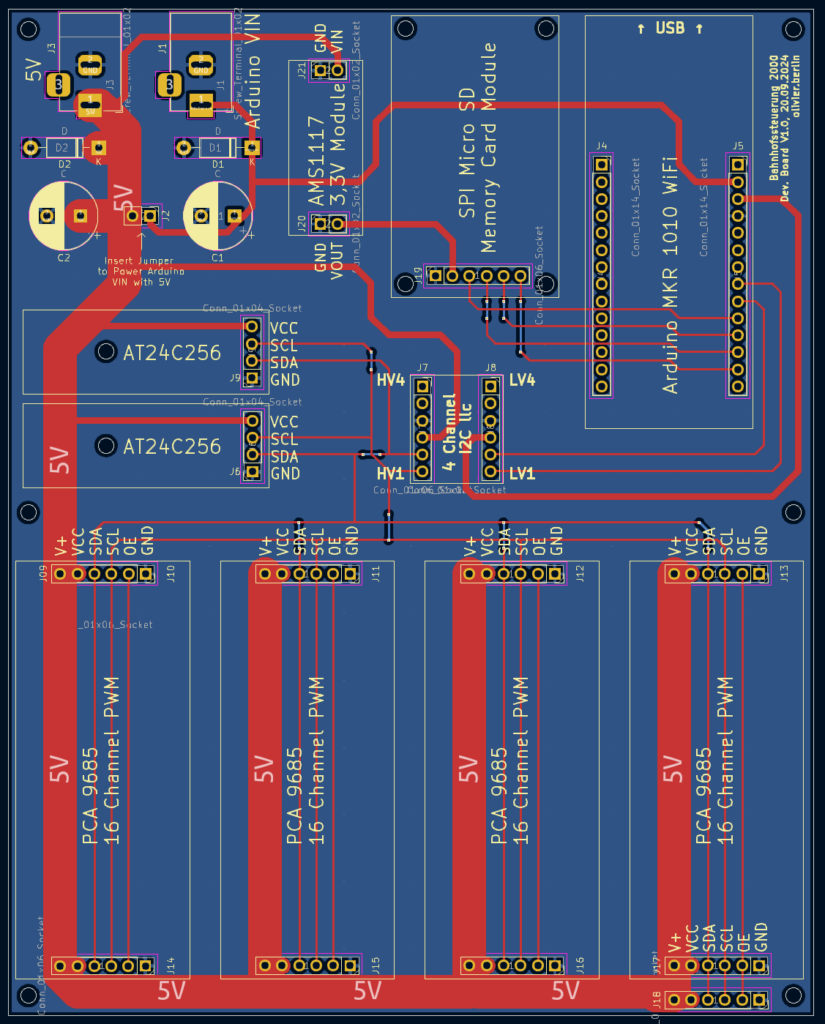
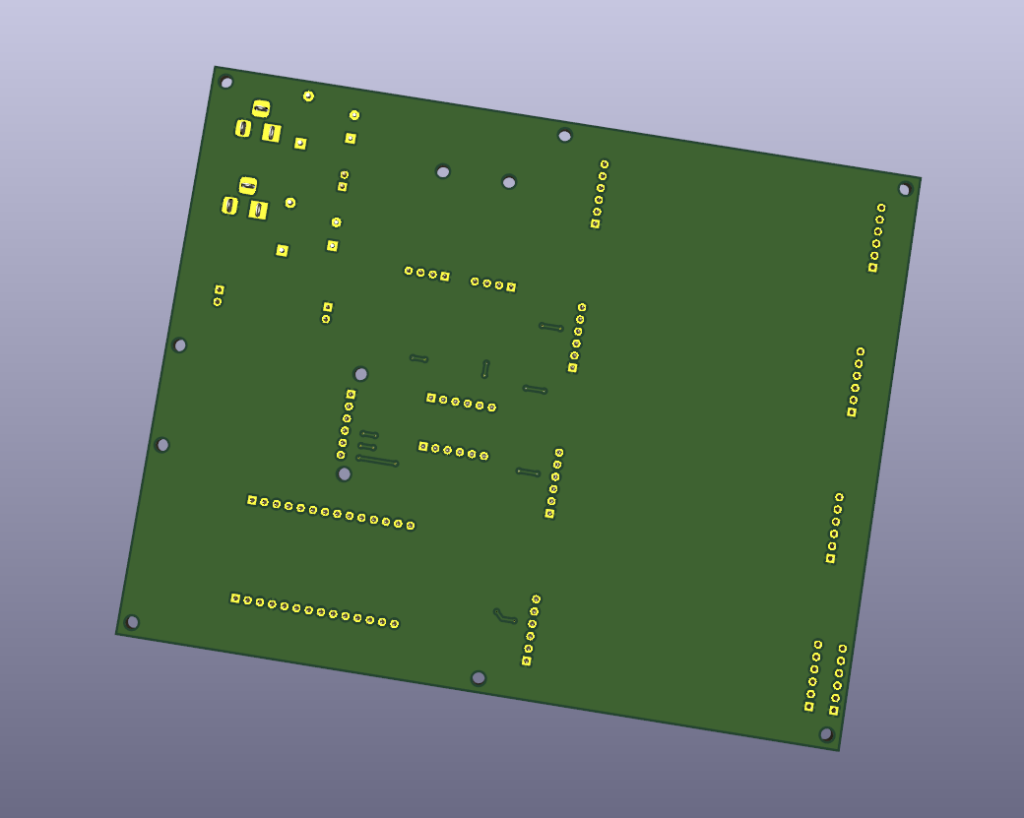

Overall, this is a big step up from my previous setup. Everything is clean, understandable and perfectly reliable. For the price of a pizza, I got 5 PCBs delivered home that were only missing the surface mount components. Those however were easily installed and the first tests showed that I did not make any mistakes during the design phase.
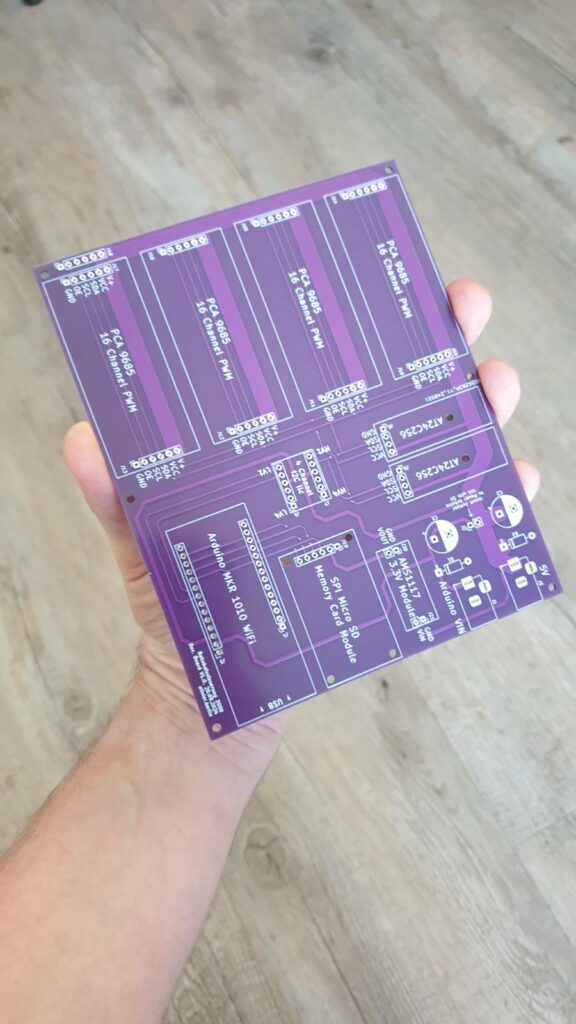
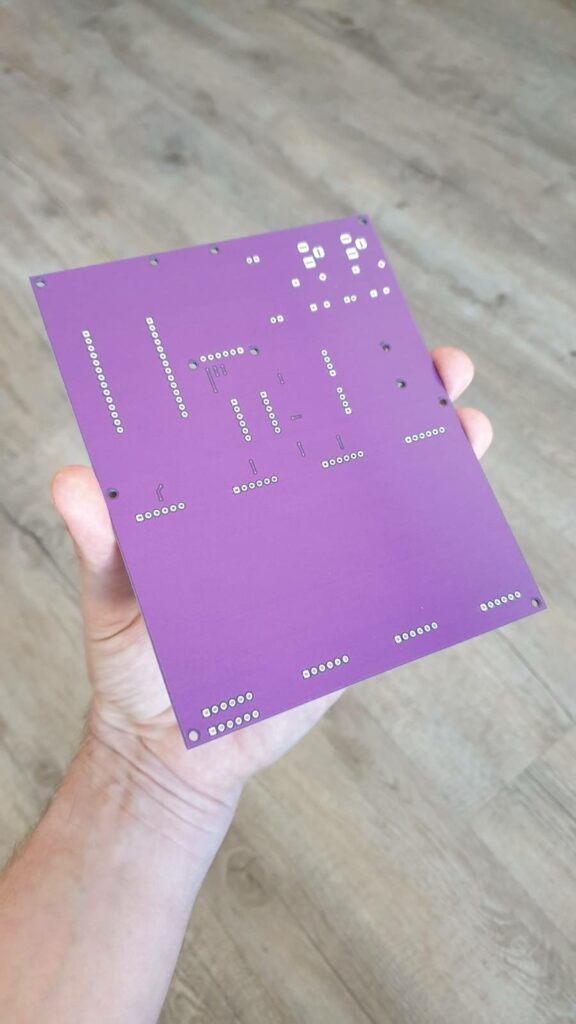
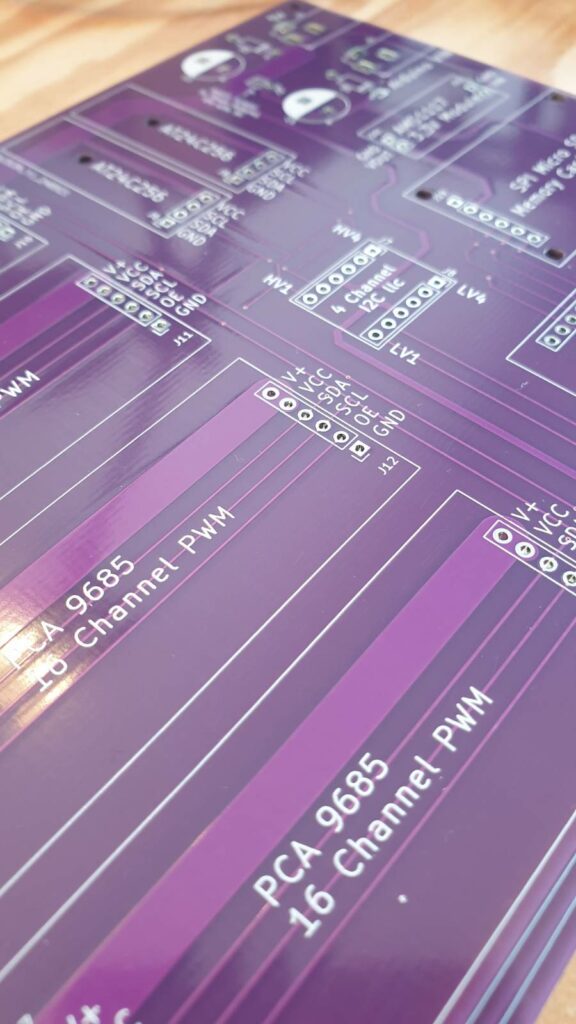
Now with this beautiful setup, development will be even more fun in the future and I look forward to designing more boards for other applications, but also in the context of the Bahnhofssteuerung 2000.
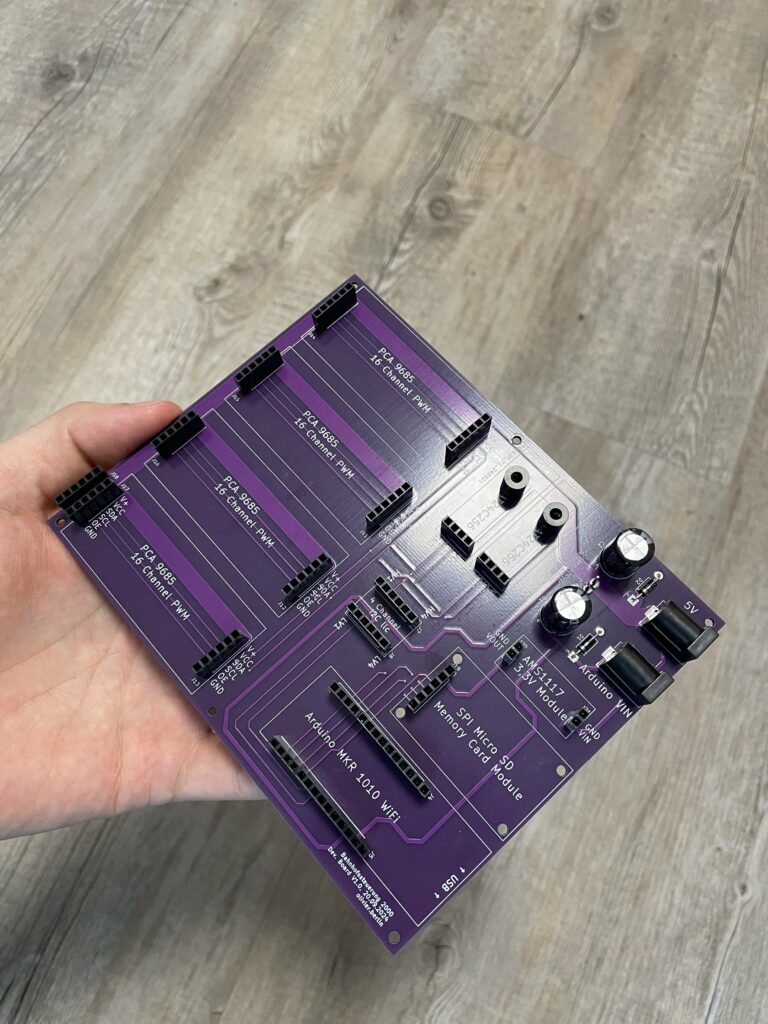
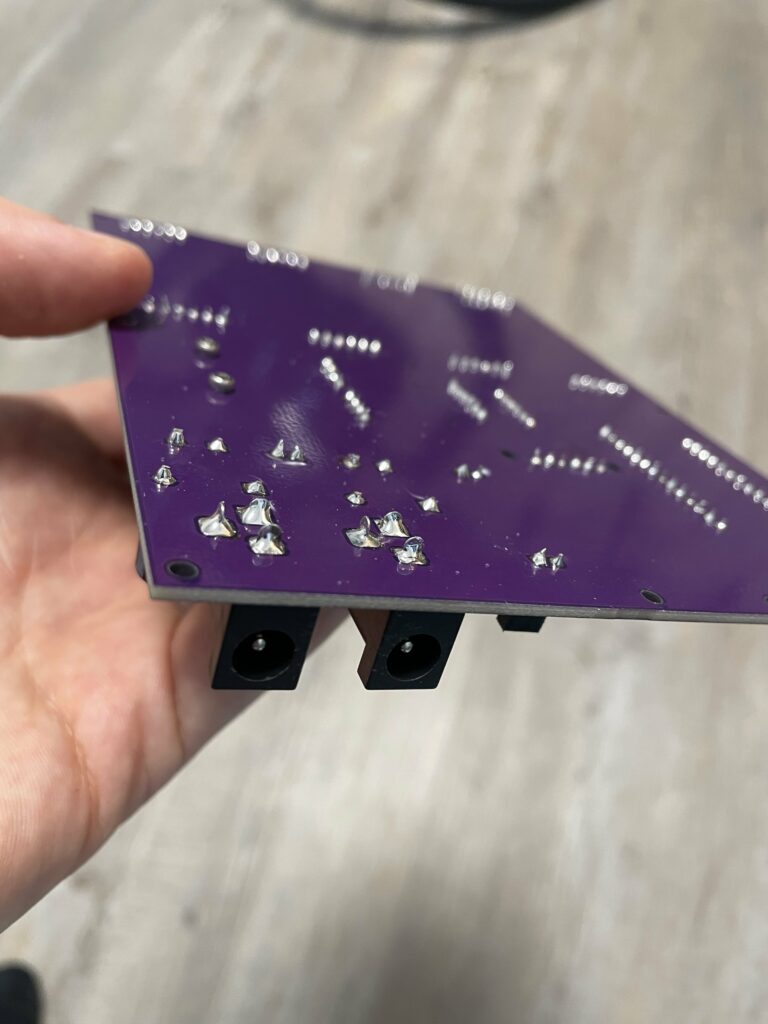
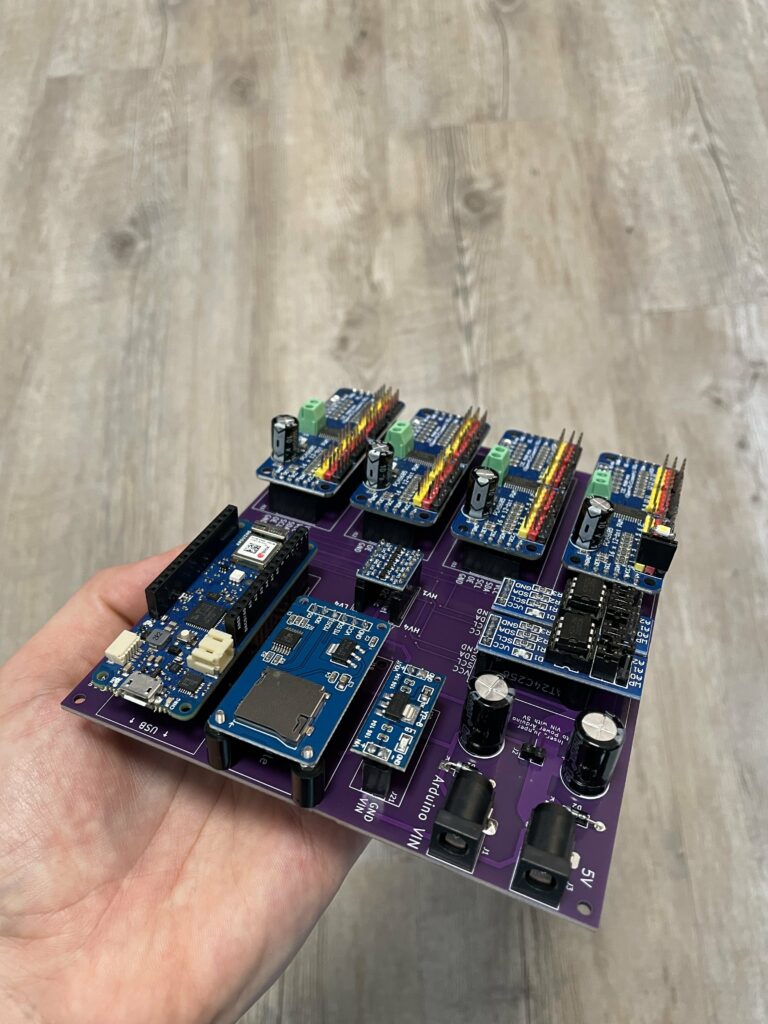
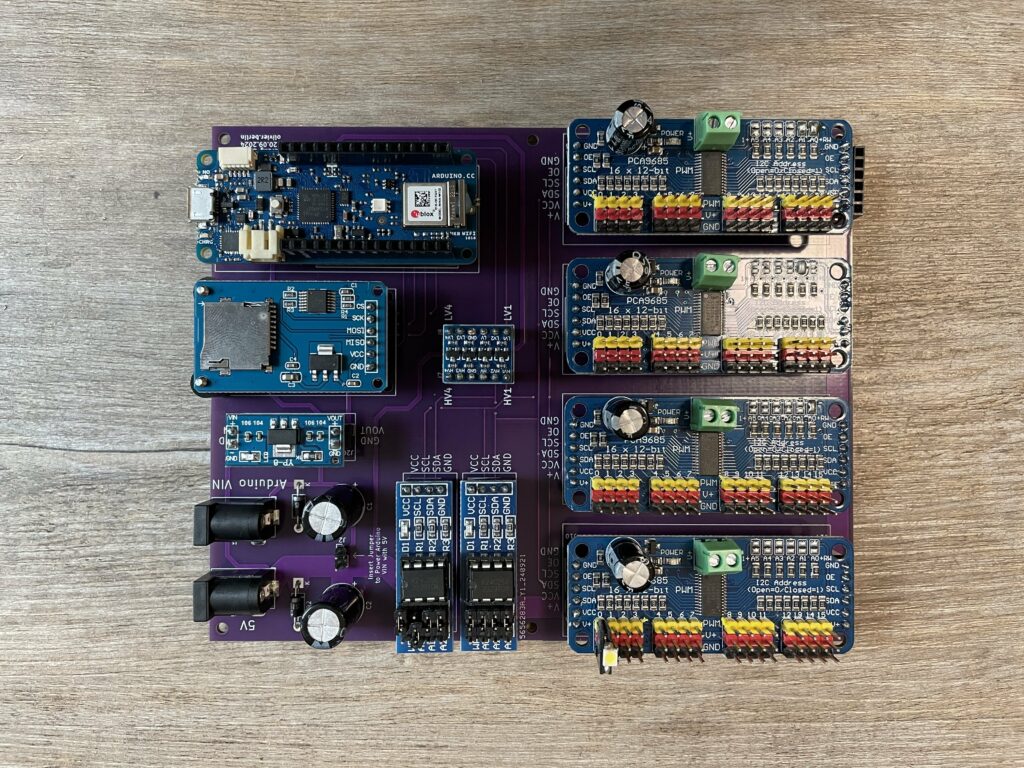
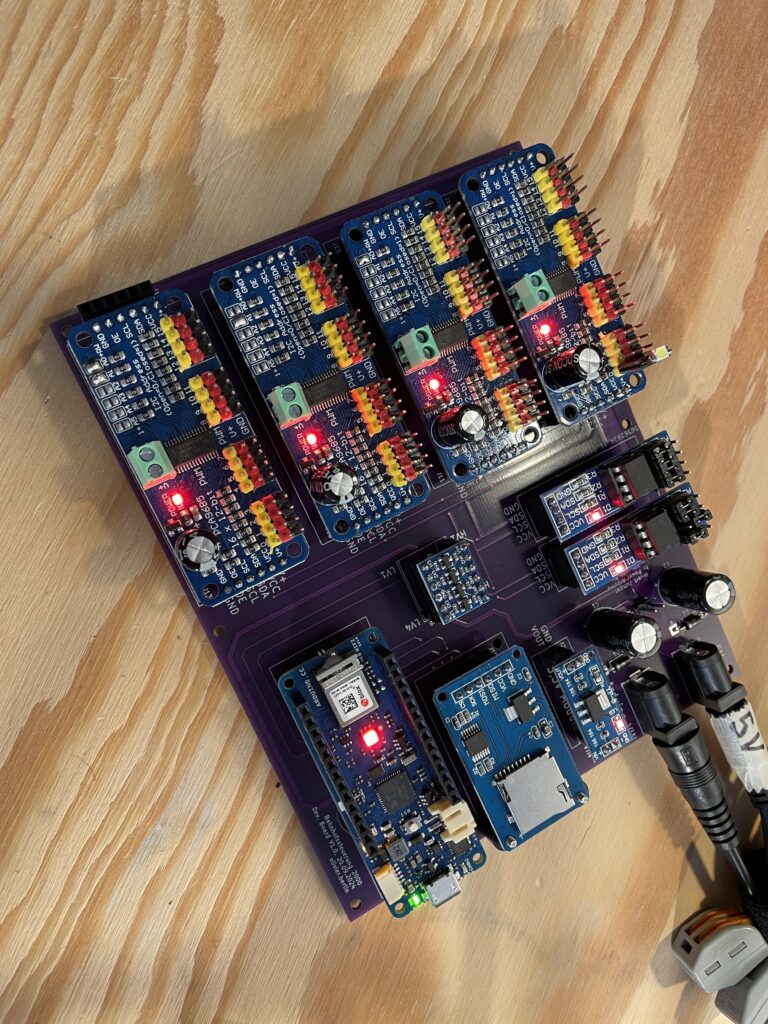
If you need a simple PCB for a project, feel free to contact me and I will be happy to help you with your custom PCB as well.

